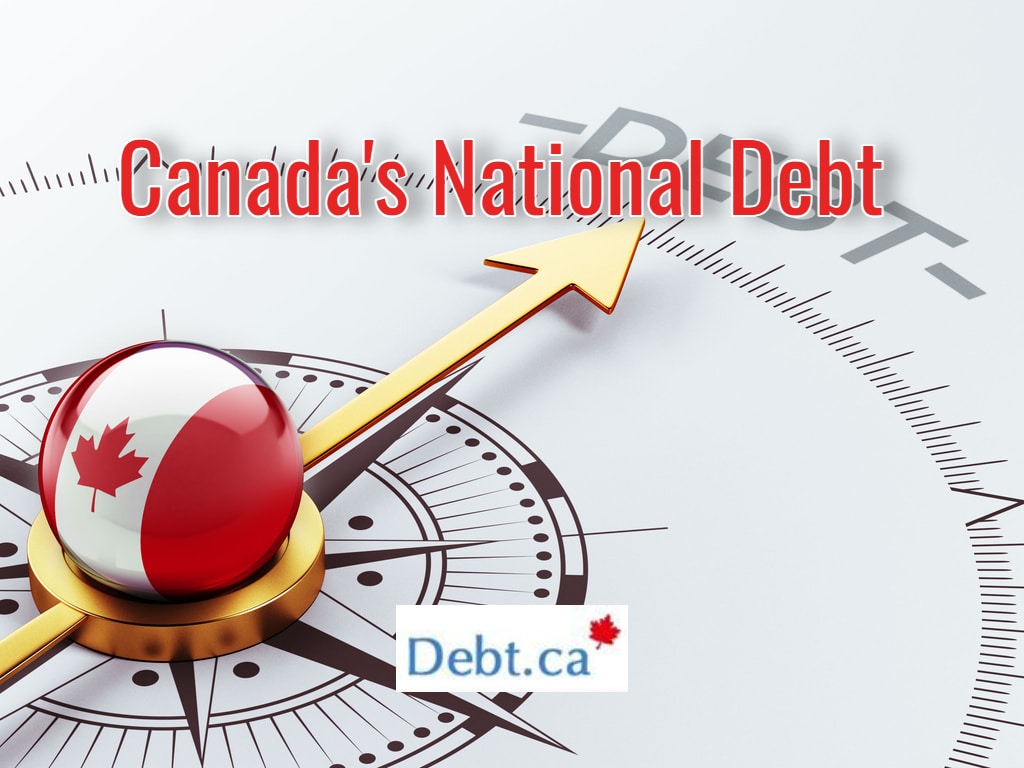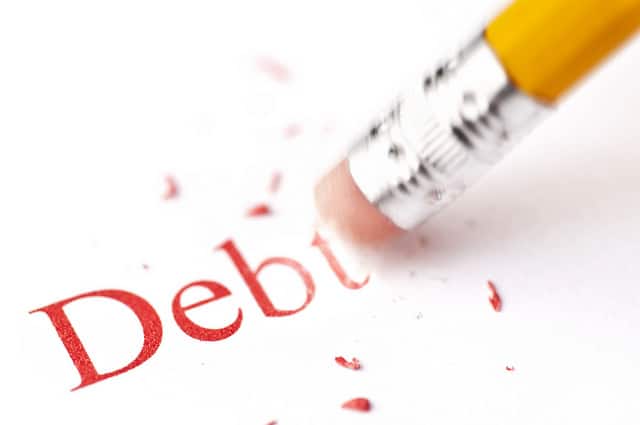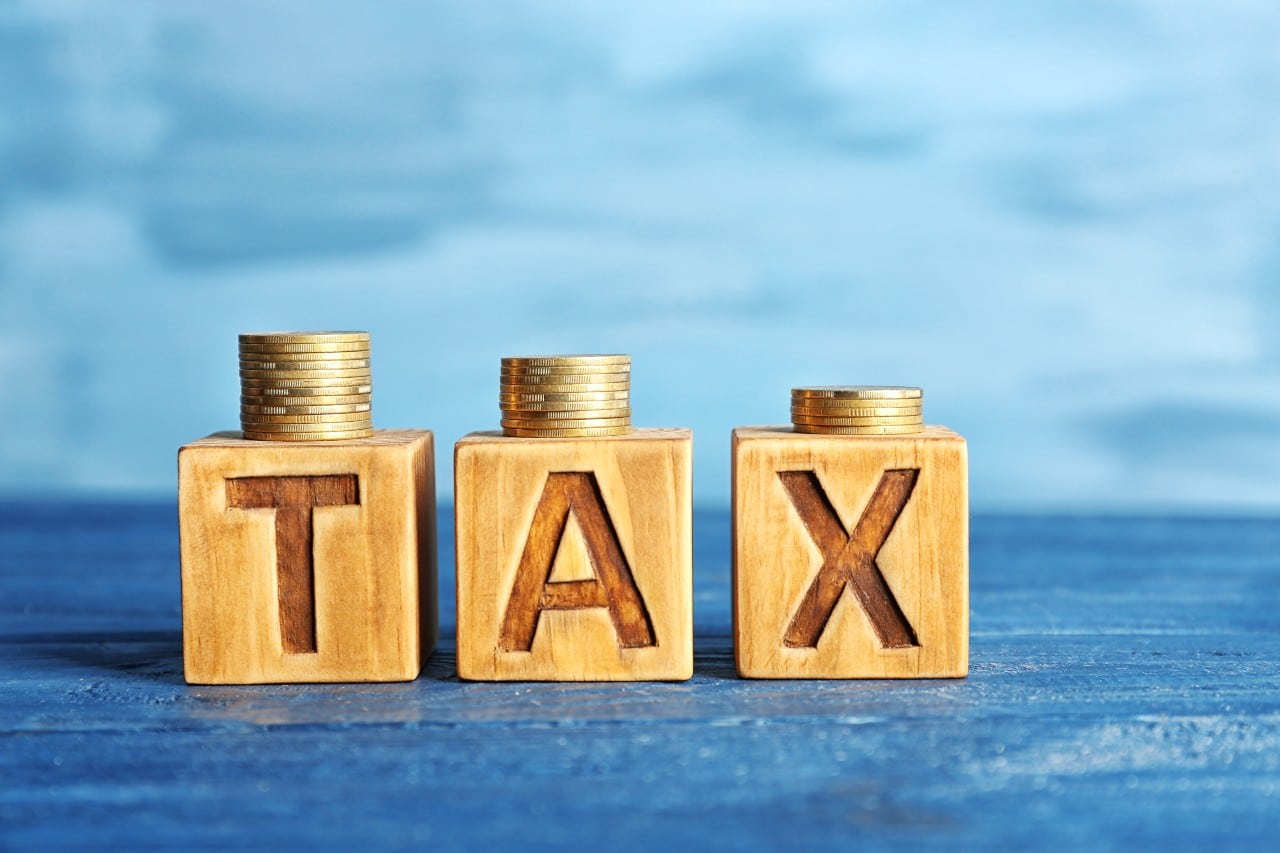There’s now a growing concern about Canada’s public debt. For the fiscal year of 2019, the country has recorded a gross debt or financial liabilities of $2.434 trillion ($64,087 per capita). This number is the sum of the debt of the federal government, as well as the country’s provinces and territories.
The gross debt to GDP ratio stood at 105% in this fiscal year. The federal government took up 47% or $1145 billion of the gross debt. Meanwhile, the local and provincial governments took up the rest of the total financial liabilities.
How Much Debt Does Canada Have? $2.434 Trillion
The Covid-19 pandemic even exacerbated the debt situation in Canada. In 2020, the government borrowed massive amounts of money to cover the projected deficits for the country’s pandemic response expenses.
Deficit for 2019
In 2019 (reference year that points to the fiscal year ending March 2020), the federal government of Canada along with its local, territorial, and provincial governments registered a $25.3 billion deficit. In contrast, the consolidated Canadian general government recorded a $2.6 billion surplus in 2018. This 2019 deficit is equivalent to 1.1% of the country’s GDP, which is the highest since 2012.
The reason behind this deficit is the slow growth in tax revenue (+2.0%) in the wake of the 2008 financial crisis. Add to it the increase in expenses (5.1%), a substantial increase over the same period. Deficit happens when expenditures exceed revenues, and it impacts the federal debt and local, territorial, and provincial debt.
When you compare the separate contribution of the federal government and the consolidated local, territorial, and provincial governments to the 2019 deficit, you can see that the numbers are not that far from each other. The former contributed an 11.9 billion deficit in 2019, while the latter posted a $13.4 billion deficit for the same year.
Canada expects to have high deficits in the upcoming years as there’s a slowdown in economic activity and a significant increase in expenses due to the pandemic in 2020. The economic and fiscal snapshot in 2020 suggests that deficits will increase up to around $155 billion in 2021, and $60 billion in 2022-2023.
Net Debt
To view the Canadian debt in another light, let’s look at its net debt, which is basically gross debt or interest-bearing financial liabilities minus financial assets. It’s a common way to quantify government debt which considers the government’s financial assets like investments.
The only catch with net debt as a measure is that it’s hard to value some of the government’s assets. Besides gross debt and net debt, you also need to know about quantifying government debt based on public accounts and national accounts. It’s crucial since what you see across the news are different data measurements that may confuse viewers or readers. Canada’s Department of Finance uses the public accounts basis.
In the third quarter of 2020, the consolidated Canadaian general government recorded a net debt to GDP ratio of 60.9%. Now, the country’s net debt is over $1 trillion, after it rang up a $354 billion deficit in 2020.
Where does the Canadian government borrow money from?
The primary lenders of the Canadian government are domestic and foreign financial institutions. These include big corporations, insurance companies, banks, investment funds, pension funds, etc.
These financial institutions buy bonds from the government. Bonds are fixed-income securities that governments or other large corporations issue to investors so that the former can maintain ongoing operations, finance new investments or projects, or pay off existing debts.
Demand and supply determine bond interest rates. If the demand for bonds is high relative to their supply, interest rates will be low. High-interest rates occur when demand for bonds is low.
While many would perhaps think that the interest rates of the debt of the Canadian government are high due to the current economic crisis, it’s not actually the case. The Bank of Canada has made the cost of government borrowing more affordable by buying government bonds weekly in the secondary market (large corporations and other financial institutions) instead of the primary market (the government).
With such a wise move, the Bank of Canada has increased the demand for government bonds. Moreover, it was lending directly to the Canadian government at affordable rates.
Bonds issued by the government are intended for long-term financing. But, besides bonds, the government also issues savings bonds for the retail market and treasury bills for short-term financing.
Longer-term debt is inexpensive compared to short-term debt. The government typically resorts to borrowing short-term debt to solve irregular tax remittances and excise incomes. Moreover, Canada’s credit rating is excellent so it’s more confident to go for long-term financing because it can avail of affordable rates.
Why does Canada borrow money?
Compared to Canadian prime ministers of the past, the administration of Prime Minister Justin Trudeau is spending more on government projects. Also, given the economic crisis brought by the pandemic, the ballooning government debt is no surprise.
In fact, most of the expenses are meant to repair the economic damage brought by the pandemic. Trudeau’s government aims to offer economic relief to Canadians who have lost their jobs. It also aims to bolster the technological and medical capacity of the country in fighting the virus.
The money will go towards helping caregivers, students, working parents, seniors, small- and medium- business owners.
Takeaway
The consolidated Canadian general government has incurred significant debt in recent years. But the Trudeau administration assures that the money will be spent on repairing the economy caused by the crisis.
If you want to learn more about Canada’s public debt, you can visit websites like debt.ca for that purpose.









